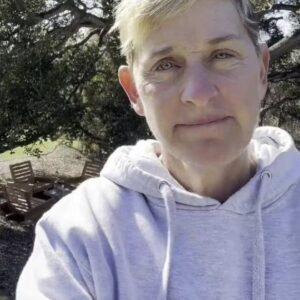In a heartening development for wildlife conservation, ecologists at Mt. Gibson Wildlife Sanctuary in Western Australia have announced the birth of several baby western quolls—marking a hopeful milestone for a species once at risk of disappearing from much of its native range.
The discovery was made during a routine survey when researchers observed female western quolls, also known as chuditch, carrying tiny, healthy young in their pouches. For conservationists working tirelessly to restore this species to its natural habitat, the births represent a major step forward.
Western quolls are small carnivorous marsupials, roughly the size of a domestic cat. They play a vital role in maintaining ecological balance by preying on insects, reptiles, and small birds. However, their numbers have significantly declined since European settlement, largely due to habitat loss and introduced predators.
Today, their wild population is mostly limited to parts of southwestern Australia, where efforts are underway to help them reestablish in areas they once called home. The team at Australian Wildlife Conservancy (AWC) has been at the forefront of these efforts, leading habitat restoration and species reintroduction projects across the country.

“This is a tremendous result,” said Georgina Anderson, a senior field ecologist with AWC. “Not only are the quolls surviving, but they’re also reproducing successfully. That tells us they’re adapting well to the sanctuary’s environment.”
AWC’s broader reintroduction plan includes careful relocation of quolls from established populations to new safe zones like Mt. Gibson. These efforts aim to build stronger, more genetically diverse populations and reduce the risk of extinction.
The sighting of pouch young is particularly meaningful, as it signals not just survival but the beginning of a new generation in the wild. These births offer proof that dedicated conservation strategies can lead to real-world success, especially when supported by long-term monitoring and community involvement.
“We’re optimistic that this is just the beginning,” Anderson added. “With continued support, we hope to see the western quoll reclaim more of its natural range.”
This encouraging news is part of a broader push across Australia to restore native species and safeguard fragile ecosystems. As habitat pressures continue to affect wildlife globally, the progress at Mt. Gibson serves as a powerful reminder that conservation work—backed by science, planning, and public engagement—can yield inspiring outcomes.
For those who want to help protect Australia’s unique wildlife, there are many ways to get involved, from supporting organizations like AWC to learning more about local species and sharing their stories. The birth of these baby quolls is a hopeful chapter in the broader story of wildlife recovery—and a reason to celebrate what’s possible when people and nature work together.
Note: This story was originally published in November 2023 and is being reshared due to renewed interest





